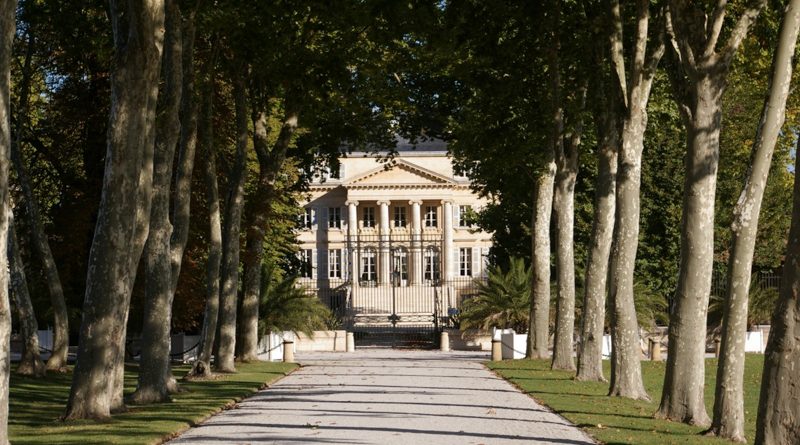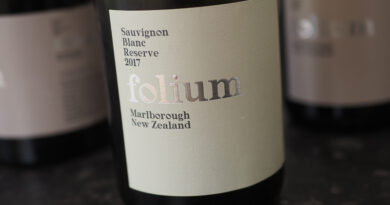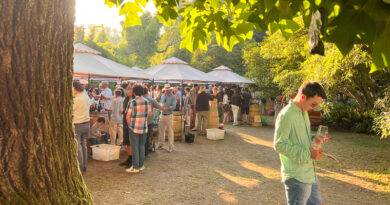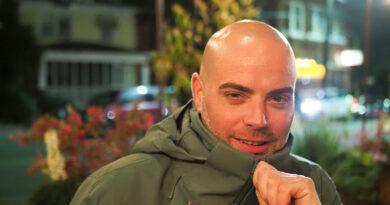Bordeaux: an introduction to the world’s most famous wine region
Continuing my ‘new to wine’ series with an introduction to Bordeaux, in southwest France.
We’ve discussed already that there are two ways to understand wine: the grapes, and the geography. Here’s a little of the second approach—an introduction to Bordeaux, the world’s most famous wine region. [Now I’m not going to be able to cover all the wine regions in the world in this ‘new to wine’ section, or even all the important ones. That would turn it into an encyclopaedia. If you want a thorough guide to the places that grapes are grown for wine, I recommend getting a copy of The World Atlas of Wine, originally by Hugh Johnson, but now co-authored by Jancis Robinson. I’ll just be talking about some regions that I think are really interesting and worth exploring.]
A confession: I have a bit of a love/hate relationship with Bordeaux.
First the hate bit. [It’s a rant really, so please excuse me.] I dislike the image and attitude of the region. I despair at the faux grandeur and pomp of the big chateaux, which goes hand in hand with the big money/landed gentry image that the region projects. I don’t like the snootiness. And the fact that it’s prime territory for wine bores and snobs; collectors and speculators; expensively educated (but thick) wine merchants in pin-striped suits. And the region just seems to lack soul. I also dislike the prices of the top wines, but it’s unfair to blame the Chateaux for this: it’s a function of the growing worldwide demand for the best wines.
But you can’t ignore Bordeaux. It’s the world’s largest fine wine region by some distance, and it also makes some seriously good wine. The Cabernet Sauvignon and Merlot blends (with perhaps a dash of Petit Verdot, Cabernet Franc and Malbec) from the best-sited properties on the left bank are the cornerstone of the fine wine market. From a good vintage and property, they have the potential to develop and evolve over many decades, finally peaking in wines of aromatic interest and complexity that have few rivals. It’s also helpful that, unlike Burgundy’s top wines, the leading Bordeaux wines are made in reasonable quantities. And then there’s the right bank: the Saint-Emilion and Pomerol appellations can turn out compelling, long-lived Merlot and Cabernet Franc-based wines that are genuinely exciting. And we shouldn’t forget Sauternes and Barsac, responsible for some of the world’s greatest sweet white wines. And while we are in the business of not forgetting, I need to put a word in for the dry whites of the region, made from Sauvignon Blanc, Semillon and sometimes a dash of Muscadelle. The best are compelling and ageworthy.
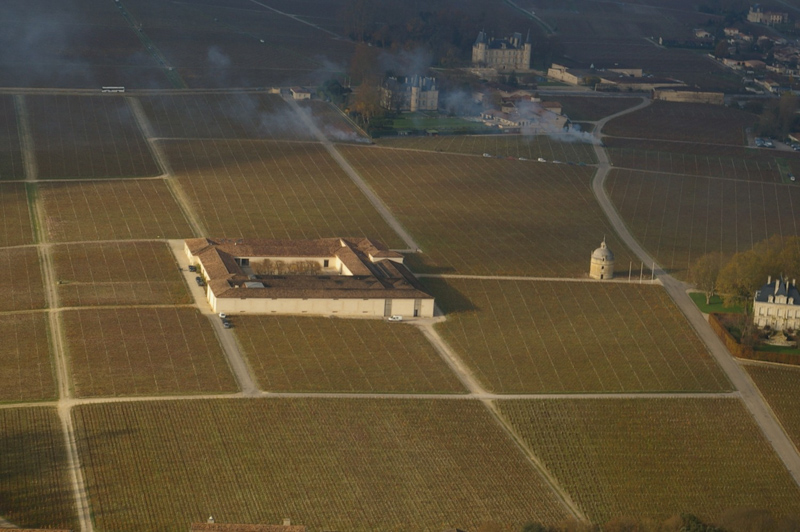
Some explanation of terms may be in order here. ‘Left bank’ and ‘right bank’ are unofficial terms that are used widely to describe the rather different bits of Bordeaux either side of the Gironde estuary/river that slices through the region, splitting by the time it reaches Bordeaux to form the Dordogne and Garonne rivers. The bit most people think of when they’re talking about Bordeaux is the Médoc, on the left bank. Here, in a glorious strip of land running north to south, the famous appellations of the Médoc abut each other: northernmost is Saint-Estèphe, then Pauillac, then Saint Julien, then Margaux. Further down still, and also on the left bank, are the Graves and Pessac-Léognan appellations.
These appellations were famously classified in 1855, on the basis of the properties which consistently fetched the highest prices at the time. This classification had five tiers of ‘growths’, with the celebrated ‘First Growth’ Châteaux (Latour, Margaux, Lafite, Haut Brion) at the top, and then second, third, fourth and fifth growth properties following. The classification has proved remarkably resilient: while Bordeaux has changed quite a bit as a region in the intervening 150-odd years, the classed growths, which represent the elite of Bordeaux properties, remain at the fore. Of course, there are some fifth growths which now outperform third growths, and several properties could be marked as over- or under-achievers in their class, but the classification still matters in the marketplace. Only one significant change has occurred: in 1973, Mouton Rothschild was promoted from second to first growth status. A favourite discussion point among wine geeks is which of the leading left bank estates could also be promoted to first-growth status: Palmer in Margaux, Cos d’Estournel in Saint-Estèphe and Léoville Las Cases in St Julien could be contenders, as could the ever-reliable Léoville Barton.

There are two other really serious bits of Bordeaux. On the right bank, and not included in the 1855 classification, are the appellations of Saint-Emilion and Pomerol. Here, because of the rather different soils, the Merlot grape variety is king. It’s frequently blended with Cabernet Franc, but the majority of wines are Merlot-dominated. The top right bank properties used to be in the shadow of the classed growths, but this has changed, and now the most sought-after wines cost as much as the first growths do. The right bank is also home to the controversial ‘garagiste’ movement: these are high-end wines made with loving care from small vineyards, and which fetch very high prices: a whole bevy of them have emerged in recent decades.
The final serious, serious bit of Bordeaux is Sauternes. Or, more specifically, Sauternes and Barsac (the latter village can call its wines by either name). These lusciously sweet, richly textured white wines are made from ripe Semillon, Sauvignon Blanc and Muscadelle grapes that have been attacked by a fungus known as ‘noble rot’ (or, more scientifically, Botrytis cinarea). Botrytis shrivels the ripe, sugar-rich berries, concentrating the sugars still further, and with this the acidity. The latter is important: a great Sauternes will be lusciously sweet, but because of the relatively high acidity it won’t be cloying and gooey. The botrytis infection also adds complexity: while the grapes look disgusting, the wines taste remarkable, full of rich apricot and dried fruit flavours, usually with a citrussy kick, as well as notes of spice and vanilla.
What about the non-serious bit? The truth is, Bordeaux is a huge region, and outside the elite band of top Château owners, there are enormous tracts of vineyards making wine that no-one really wants. Maybe that is a little unfair: there are some smart wines being made in appellations such as Bordeaux Supérieur, Côtes de Francs, Côtes de Castillon, Côtes de Blaye and Entre-Deux-Mers, but there are many wines from these areas that aren’t so good, and which are struggling to find a market. To put it starkly, cheap Bordeaux can be unlovely, and these days people are fussier about what they drink and haven’t really got time for green, stalky, ungenerous reds with a bitter, astringent finish. All in, there are some 12 000 producers in the region, many of whom sell their wine through the 25 leading negociants who are responsible for 85% of Bordeaux wine. It makes sense, therefore, to apply rather different rules to the posh bit of Bordeaux than you’d use when dealing with the rest.
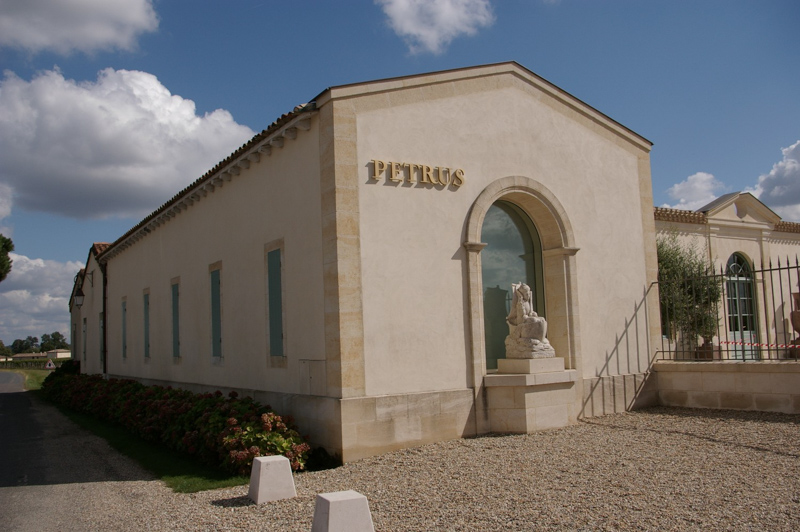
It’s important to explore the Bordeaux region if you are seriously thinking of becoming a wine geek. It’s the most important and largest fine wine region in the world, and, as such, its best wines are ‘benchmarks’ in the fine wine firmament. You need to taste at least some of them in order to calibrate your palate. Personally, I feel that because the best Bordeaux wines have a value as investment wines and are traded in auctions, their prices are a little inflated, and so for wine nuts on a tighter budget, you can have more fun elsewhere. But it’s a region that all wine lovers should pay attention to, even if it is just for reasons of education and benchmarking.
There’s lots more that can be said about Bordeaux and its wines, but this will do for now.

